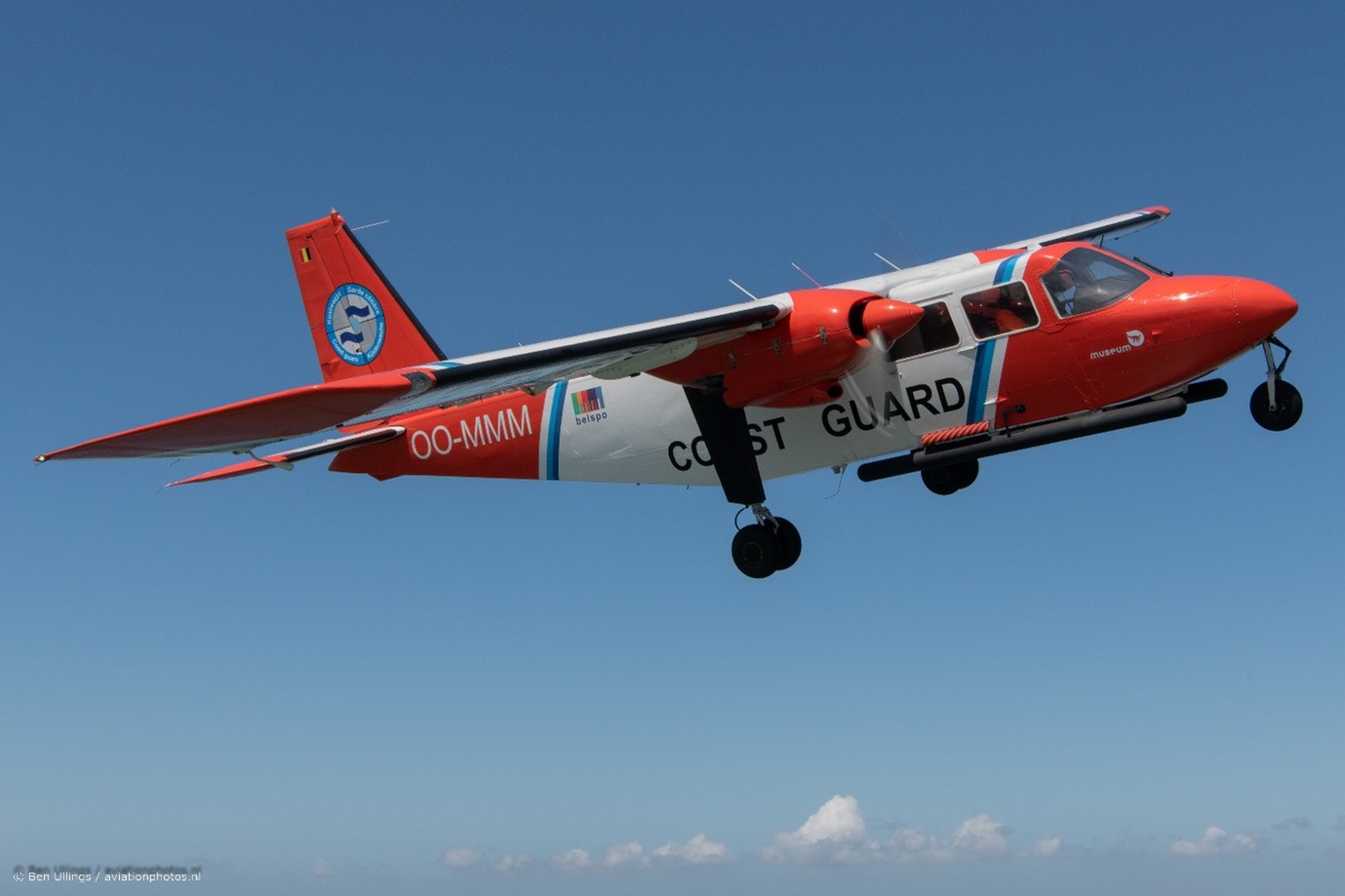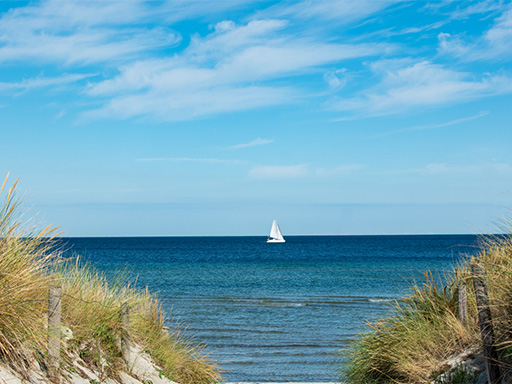Remote measurements for SOx and NOx monitoring
Belgium

More than 40% of the EU population lives within 50 kilometres of the sea, meaning that emissions from ships are of particular concern to coastal communities. So, ensuring that ships comply with international and EU legislation on air emissions is a key task for many authorities carrying out coast guard functions in the EU.
Sometimes, portside inspections alone cannot always determine whether a vessel has been burning the correct fuel while at sea. So aerial solutions, like drones and aircraft, are used for offshore measurements.
For this reason, the Royal Belgian Institute of Natural Sciences, using funding from the Connecting Europe Facility programme, has equipped the Belgian coastguard aircraft with a sniffer sensor to measure ship emissions of ocean-going vessels at sea.
The aircraft now monitors for CO2, SO2, NOx, and black carbon, and the reports from its sniffer operations mean that port state control inspection efficiency has improved by over 50%. Moreover, all fines imposed for MARPOL Annex VI violations in the past two years were triggered by alerts from the coastguard aircraft.
Since the programme began in 2015, more than 7,000 ships have been monitored for sulphur emissions, and 3,000 for NOx, with more than 460 violations for sulphur and 115 for NOx being reported. The measurement results provide important insights on real-world ship emission factors and compliance levels at sea, and help, in a very tangible way, to tackle the problem of air emissions along our coasts.
Find out more about the project (external link) ![]()



